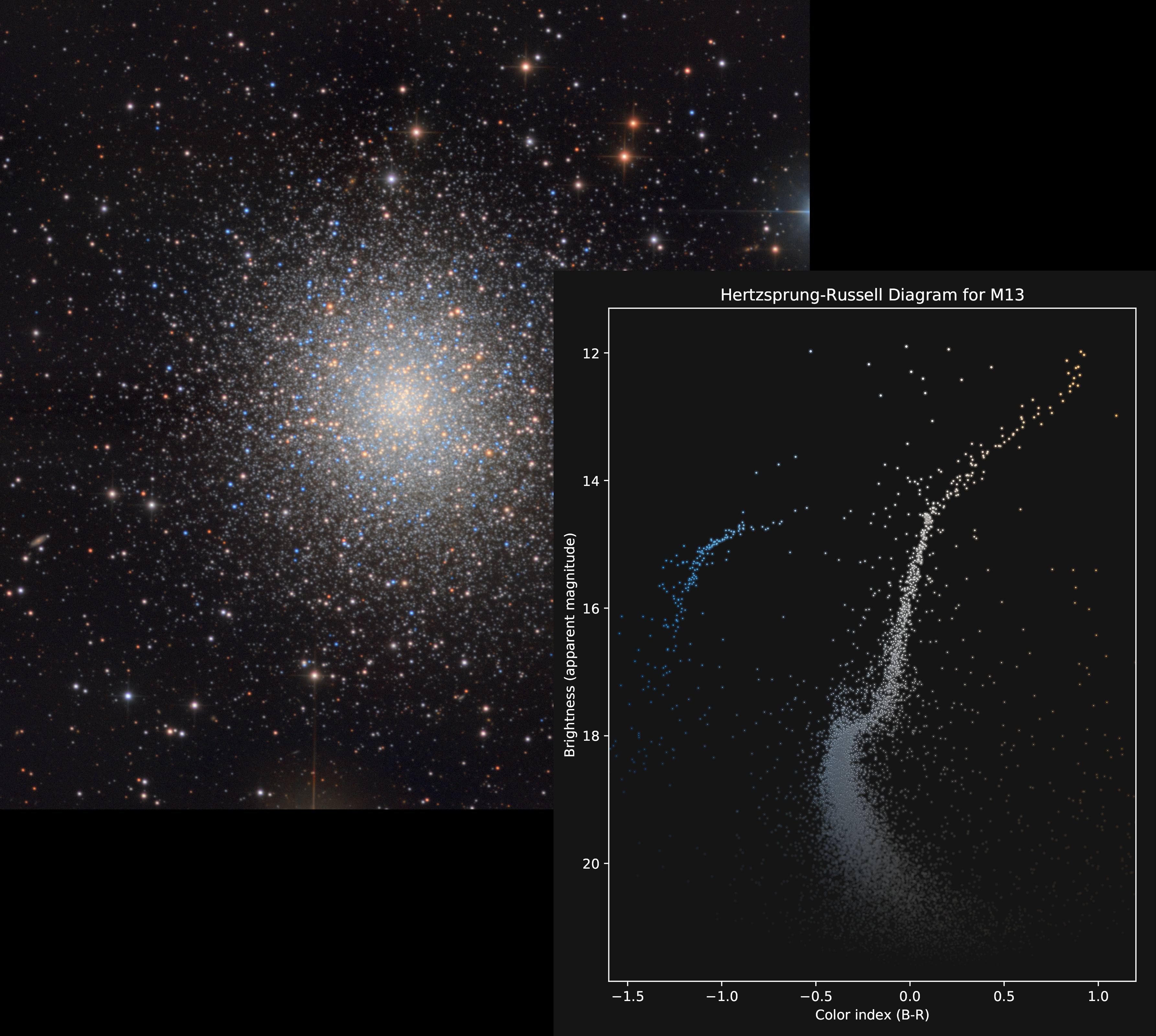Astronomy Picture of the Day
NASA Release | 13 June 2019
 The Colors and Magnitudes of M13
Image Credit & Copyright: Tolga Gumusayak, Robert Vanderbei
The Colors and Magnitudes of M13
Image Credit & Copyright: Tolga Gumusayak, Robert Vanderbei |














 Reply With Quote
Reply With Quote